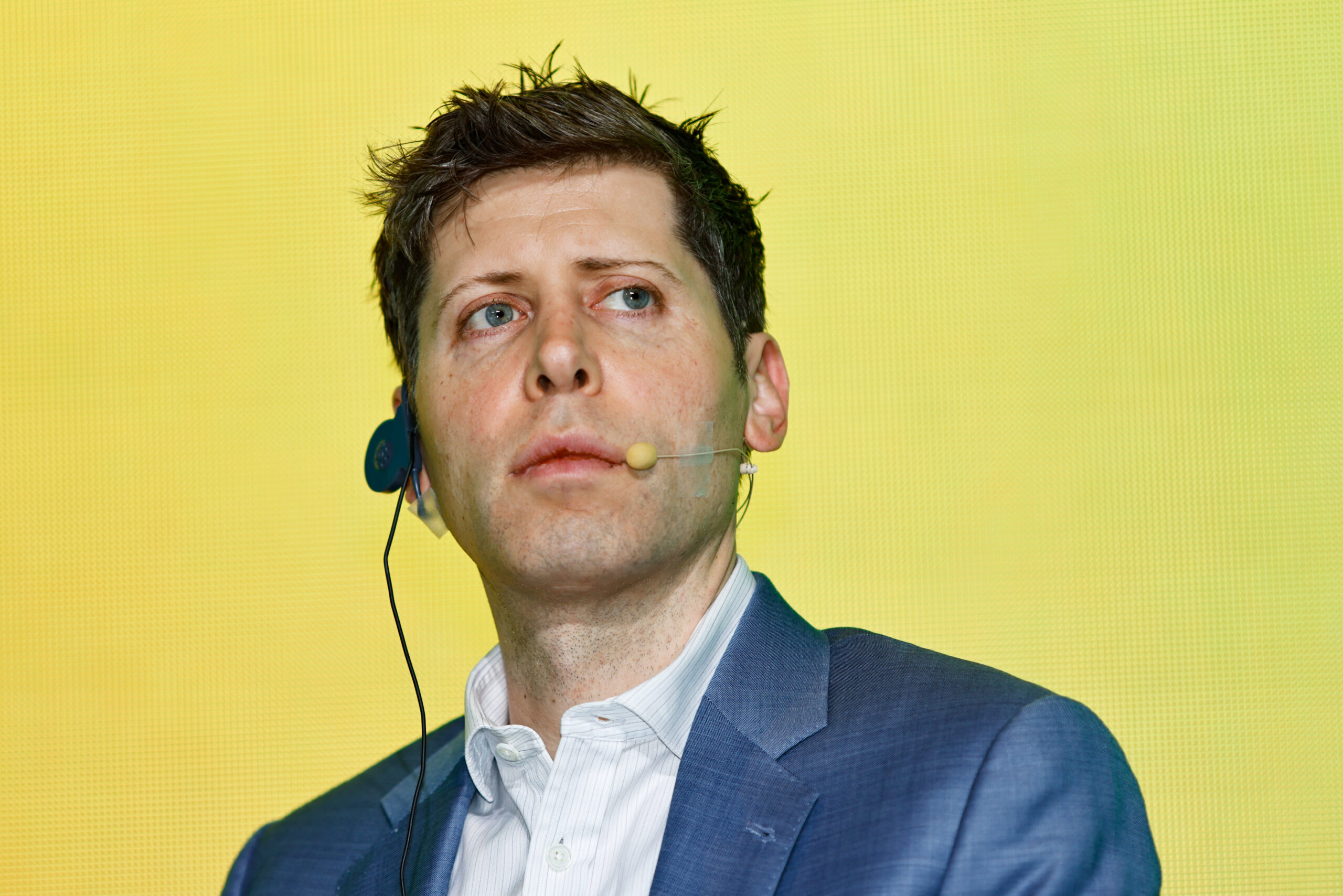
Last week, OpenAI launched the highly anticipated GPT-5, billing it as its smartest, fastest and most powerful A.I. model yet. But what was meant to be a landmark moment quickly turned messy—plagued by technical hiccups, a tepid reception, and backlash over the sudden removal of its predecessor, GPT-4o. The uproar over GPT-4o’s disappearance was so intense that OpenAI is now bringing it back. “We expected some bumpiness as we roll out so many things at once. But it was a little more bumpy than we hoped for!” Sam Altman said in a Reddit AMA session on Friday.
Altman has described GPT-5 as “a team of Ph.D.-level experts in your pocket.” Not everyone agrees. Gary Marcus, an A.I. researcher, dismissed it as “not the huge leap forward people long expected.” On the prediction market Polymarket, OpenAI’s odds of having the best A.I. model by the end of August plunged from 76 percent to 12 percent shortly after GPT-5’s debut.
Alongside GPT-5’s release, OpenAI scrapped its model selector tool and made GPT-5 the default. The system now automatically pulls from other models as needed, a change the company said would simplify the user experience. For many, though, losing direct access to GPT-4o was a dealbreaker. Fans missed its approachable, conversational style, sparking a petition that has already drawn more than 3,500 signatures. OpenAI’s AMA was flooded with laments over the loss.
In response to the clamor, OpenAI has agreed to bring GPT-40 back—sort of. The old model will be available to those who subscribe to company’s “Plus” tier, which costs $20 a month. “Ok, we hear you all on 4o; thanks for the time to give us the feedback (and the passion!)” said Altman on Reddit.
During the AMA, Altman also addressed an embarrassing moment from OpenAI’s GPT-5 launch event, when the company displayed inaccurate bar charts claiming to show the model’s skill at avoiding deception. “The numbers here were accurate but we screwed up the bar charts in the livestream overnight; on another slide we screwed up numbers,” he said.
GPT-5 “personality” is the problem
Beyond restoring GPT-4o, OpenAI is also working to give GPT-5 more personality, aiming to make it feel less flat than earlier iterations. Making the model “warmer” will be a priority in the weeks following launch, Altman said.
Many users, he noted, had grown attached to GPT-4o. “If you have been following the GPT-5 rollout, one thing you might be noticing is how much of an attachment some people have to specific A.I. models,” said Altman in a post on X yesterday that noted OpenAI has been tracking this trend for the past year or so.
The sudden removal of GPT-4o sparked a wave of frustration online. “GPT-4o wasn’t just a model—it was connection, empathy and trust,” said one user on X. “I am completely lost for words,” wrote a Reddit poster.
Altman acknowledged that such strong emotional bonds with technology can be cause for concern—and something OpenAI will need to address. The idea of people turning to ChatGPT for their most important life decisions “makes me uneasy,” he said, while admitting it is likely inevitable. “So we (we as in society, but also we as in OpenAI) have to figure out how to make it a big net positive.”
<



